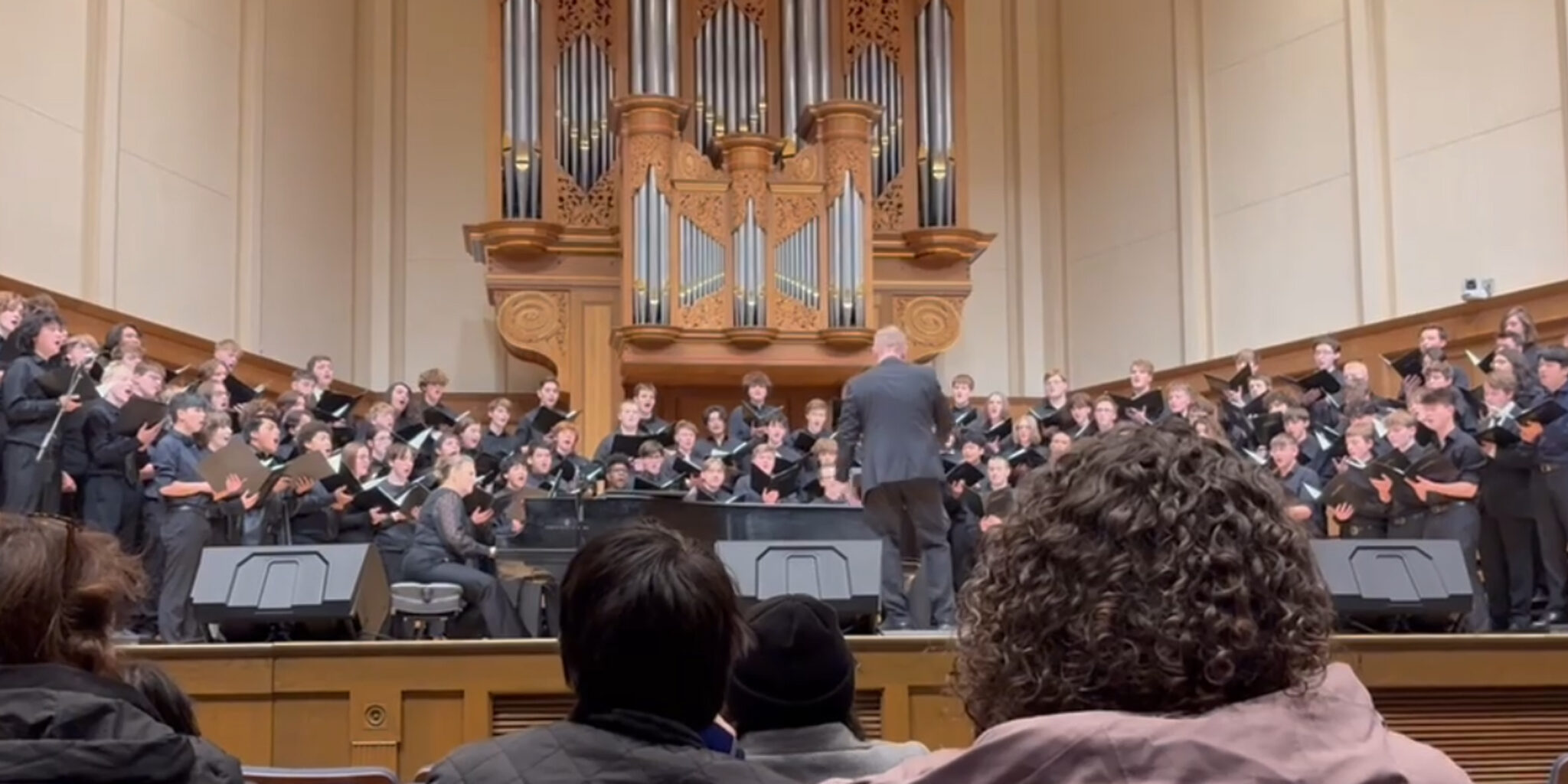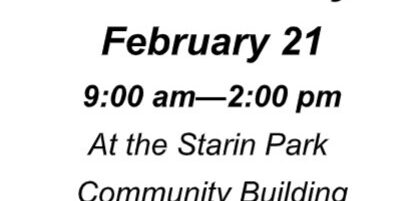With fall just around the corner, school supply lists are starting to appear in stores among the rows of bright colored folders, notebooks, pens and pencils. According to the National Retail Federation, families with children in elementary through high school plan to spend $864 on back-to-school purchases. For those with children in elementary to high school, shoppers are putting the largest portion of their budgets toward electronics, new clothes and accessories.
“Back to school spending is almost on par with the holiday expenses.“ says Amanda Kostman, Human Development and Relationships Educator at the University of Wisconsin-Madison, Division of Extension Walworth County. “Many households set aside money year round to help cover their holiday expenses, but back-to-school time always seems to sneak up on us – and adds up quickly.”
More than one-third, or 37%, of parents with school-age children said they are unable to afford back-to-school shopping due to inflation, and nearly half said they would take on debt shopping for their kids, according to a study by Credit Karma. As inflation continues to rise, one-third of consumers (38%) said they are cutting back in other spending areas to cover the cost of items for the upcoming school year, according to the annual survey released by the National Retail Federation and Prosper Insights & Analytics. Families expect to spend more per person on both K-12 and college items this year because of higher prices. Before you head out to the stores or get online, a little time spent planning can help to stretch the budget. Here are some helpful tips to help you have all that you need as kids head back to school.
As a rule, stick to only buying what you need right now. Students may have to start the school year with notebooks, binders, paper, pens and pencils, but put off purchasing other items, such as a new backpack or lunchbox until they go on sale. If you do not need a new laptop or headphones right away, are you able to wait until Labor Day or even Black Friday when the discounts on electronics will be greater?
Begin by doing an inventory of school supplies and clothes from last year and of all the items that you already have on hand. Make a list of “must have” items and “nice to have” items. Does your child really need a new backpack, or a new lunchbox? Do the jeans from last year still fit? Also, remember fees paid directly to the school, such as book rentals, band instrument rental or athletic fees, and list these fixed costs in the “must have” category. Paying for lunch can also be surprisingly costly. Free and reduced-price school lunch programs through your school district can ease the pressure on the budget for eligible families.
Next, figure out which items your child needs at the start of school and which items can wait a month or two. Maybe one or two pairs of new pants will make do for the start of school, especially if your child is going through a growth spurt. Waiting to buy some items until later fall and pre-season sales allows time for the child to grow and a chance to spread out spending.
Use your child’s school supply list, your school fees must-have list, and your list of needed clothes to come up with a total budget amount for each child in school.
Finally, compare your budgeted amount with your monthly expenses. Are there places where you can cut back on other bills to find back-to-school funds? What resources does your community have to help stretch your dollar? School districts frequently have information on school supply donations and clothing exchanges sponsored by local service providers.
Remember to include your student in this process. One of the best things you can do is involve your children in the budgeting and shopping. Including children in the decision-making process will help them learn to make decisions based on math skills, judgment, and personal taste. If your child really wants the more expensive folders, then they will need to reuse their lunch box or backpack from last year. Buying items at cheaper prices will teach them that they might have enough money left in their budget for brand-name sneakers. This is what money management is all about. Setting limits on spending does not mean a lack of choices, but it does make kids have to think strategically.
Going back to school is an exciting time for everyone. With a bit of planning, your 2022 school shopping can fit into your household budget without going into debt and being stressed in the process. Now isn’t this the best way to start a new school year?
Article Submitted by Amanda Kostman
Human Development and Relationships Extension Educator
http://walworth.uwex.edu/






















